If you have just bought a new brand dishwasher, you can ask a professional to install it and forget about any problem. But following a few easy steps, you can also install the dishwasher yourself.
The steps and requirements are very similar to what we need to install a washing machine. But let’s begin with an obvious, but essential first step:
1- Measure
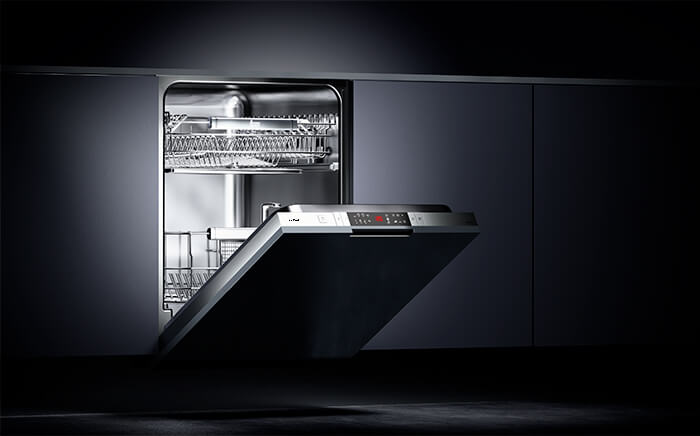
First and essential step: choose where you want your dishwasher. You need a water supply and a water outlet pipe and, of course, a power supply.
Whether it is a freestanding or an integrated dishwasher, measure the room for the appliance to be sure it fits. Remember that most of the dishwashers are 45 or 60 cm wide and around 85 cm high.
Be sure there is not any heat source around: that would heat the dishwasher’s water and possibly have a negative effect on the performance of the dishwasher and its functions.
2- Level
The centrifugal force is different from what we find in a washing machine. Yet, it is very important to level this appliance correctly.
If it bounces during any cycle, after several uses, some pieces may be loosed eventually. Also, if the dishwasher is not properly levelled, some areas will remain dirty. An open door or a door that is not completely closed due to that lack of level may affect the dishwasher programmes too.
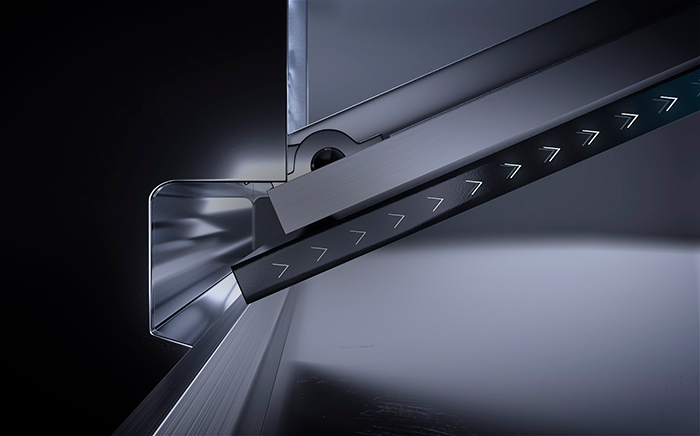
Install the dishwasher on a flat, hard surface, so weight or bouncing will not become a problem. If the door still opens, even though the appliance is levelled and has enough room, you can look up in the manual to check where are the feet of the dishwasher and adjust them to level the appliance.
3- Connect the water pipe
Take some previous steps before switching the water pipe in. Even though you think your old dishwasher’s pipe is practically new, don’t use it for your new one. Use the one that belongs to your new dishwasher.
The water pressure must be not very high and if it is, think about installing a valve to control that pressure. More than 10 bars can cause damage to the appliance, though it is not common to find a faucet with such pressure in a conventional home.
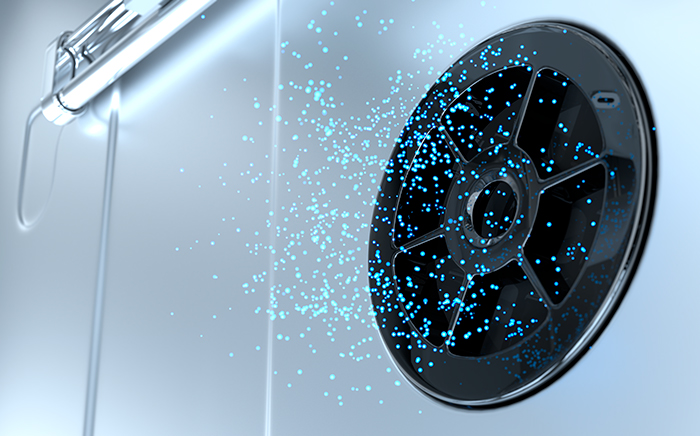
When you have checked both things, before installing the new dishwasher, don’t forget to turn off the water and power supply at home, for safety reasons.
To install the water supply, just connect the inlet pipe to the tap and screw clockwise. You can also put some insulation tape to avoid leaks.
4- Connect the drain pipe
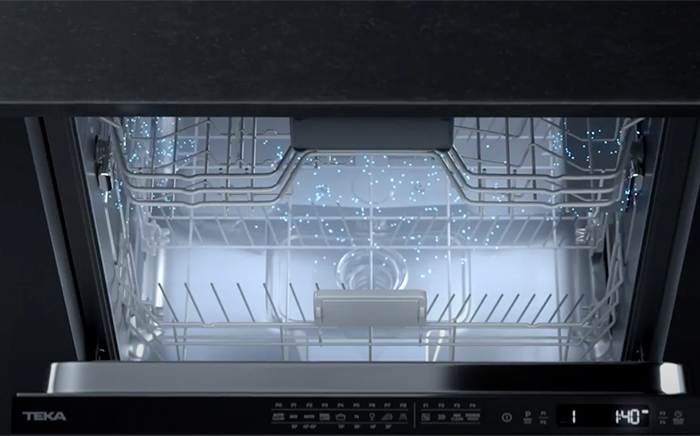
It is important that the hose is not bent or knots; if not, water leaks are guaranteed. You can use adaptors or similar.
Connect the pipe to a waste outlet on the wall or to your sink to drain. If the pipe does not adjust properly, you can use a clamp or a clip.
The drain must be as close to the floor as possible, so water can run and the hose will not clog.
5- Power on
After installing the dishwasher, ensure everything around is dry before plugging the appliance in. It is important to check the power you have at home is suitable for the dishwasher. Then, just turn the power on and plug in the dishwasher.
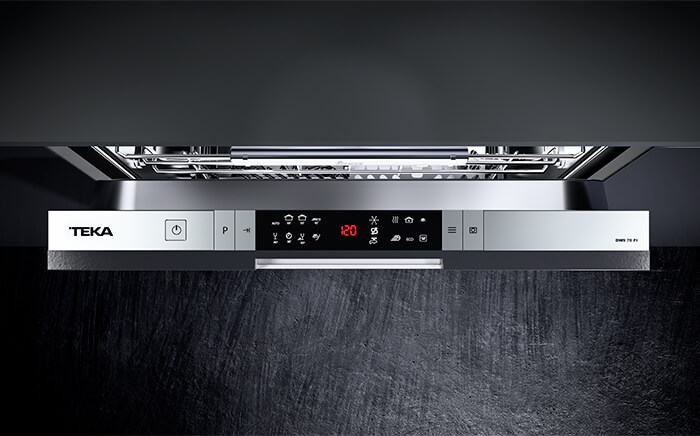
6- Push and level
We are ready to slide the dishwasher to its final position, carefully, to be sure the hoses don’t bend and everything is in the right place. Check again there is not any leak or wet area around and ensure all the connections.
7- Read the manual
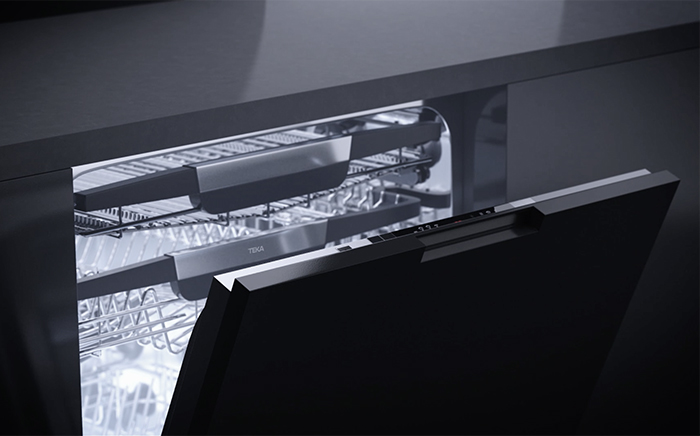
Yes, we know almost nobody does it, but it is important to read the manual. Check it just to ensure you have followed the steps and you didn’t miss a thing. The most frequent mistakes are found in this useful booklet and perhaps you realise that you need to correct part of the installation.
If you understand how your appliance works, you will also have more answers to any possible problem you may have with it, and the appliance will probably last longer.
8- Test cycle
Run a short cycle to check if there is any leak or any failure during the programme, or if everything is working as it should. The different and most common mistakes during the cycle will be in the manual you have just read (because you have read it…).
Follow and check every step so installing your dishwasher becomes an easy and simple procedure.

